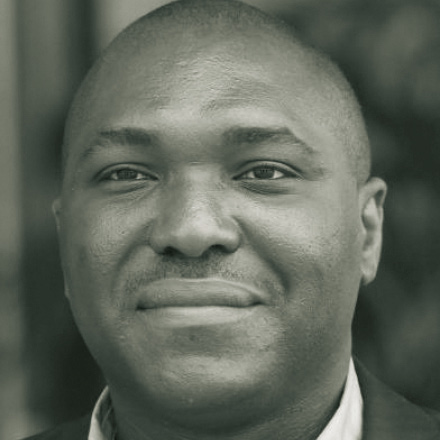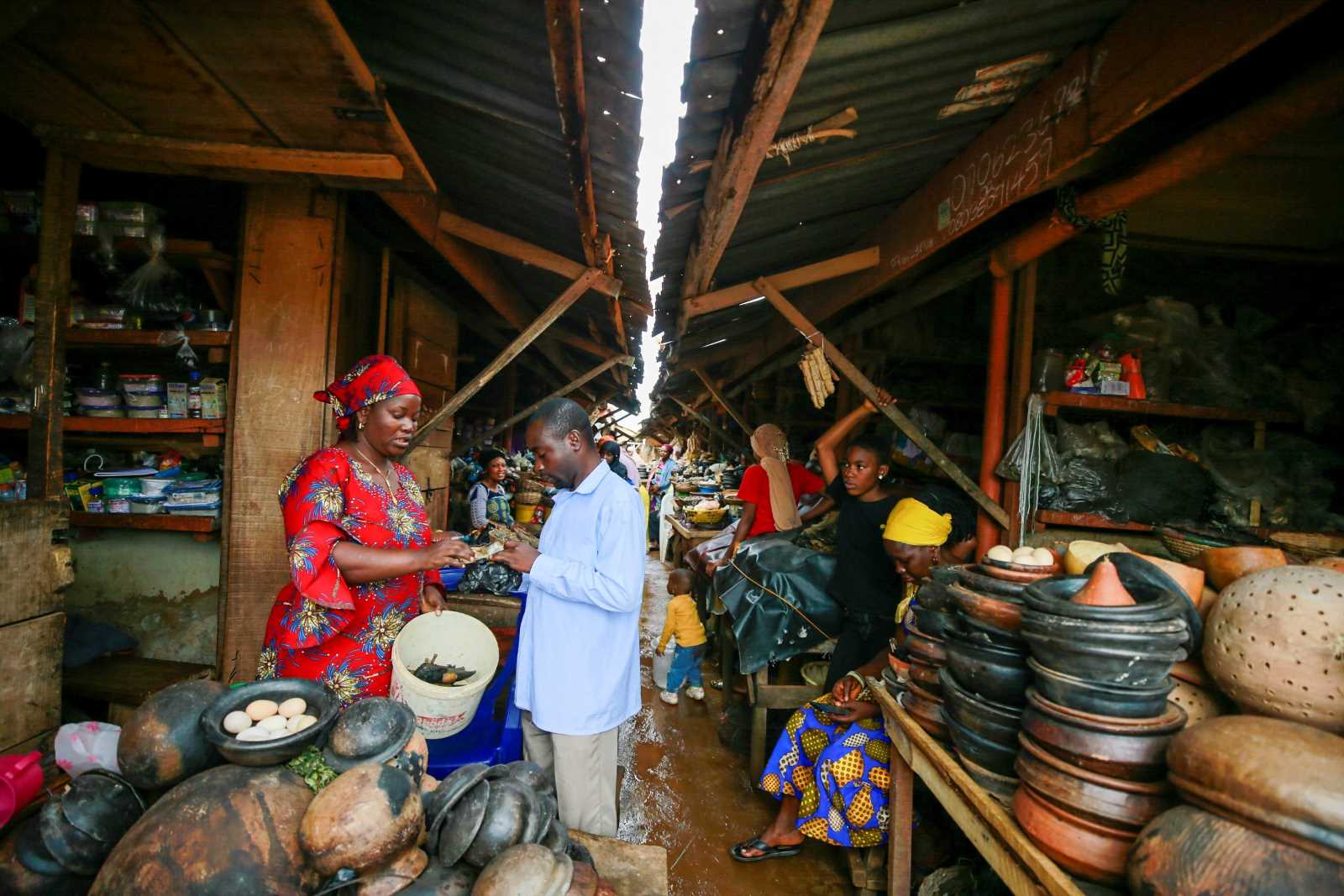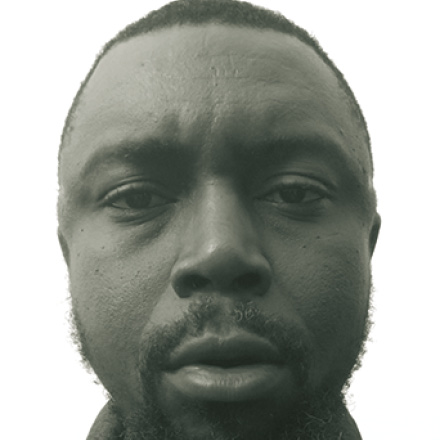What does it take to save a person’s eyesight?
Trachoma is a devastating disease. According to the Global Trachoma Mapping Project (GTMP), two percent of the people who live in the district I visited suffered from it in 2013. With a population of 21,000, that’s 420 people.
The good news is that local health workers can easily diagnose trachoma. They can also treat infections with antibiotic eye drops. Untreated trachoma, however, may lead to damage of the cornea. In those cases, surgery of the eye lid is needed. Trained ophthalmic nurses can handle the matter on the spot, even in places without electricity and water.
The local non-governmental organisation Grarbet Tehadiso Mahber (GTM) sends four teams to remote villages every day. They teach people about trachoma, how to prevent it and what to do if infected. They sell affected people the eye drops for 4 birr (0,16 Euro), and they do the surgery for free.
GTM’s work is funded by international donors, including CBM Germany. An operation that saves a person’s eyesight actually costs the equivalent of $ 25. Twenty-five dollars can thus make a life-changing difference. And not only for one person: the whole family suffers if one member becomes blind. Treating trachoma early to avoid surgery costs far less, and so does trachoma prevention. The crucial thing to do is to wash hands and faces regularly.
Unfortunately, the story doesn’t stop here. Behaviour change cannot happen without clean water. Insufficient health care is not the whole problem – insufficient water supply and sanitation matter too. That’s why GTM is building wells and model latrines that keep the flies away. These interventions are much more expensive than the health services GTM provides. Furthermore, as I learned from Martin Kollmann, CBM’s senior advisor for neglected tropical diseases, a lot of research and evaluation work accompanies the project – which also costs a lot of money.
So yes, $ 25 can save a person’s eyesight in rural Ethiopia. But sustainable change can only be achieved with a lot of effort from all sides. However, this fact shouldn’t discourage us and keep us from contributing whatever we can.














